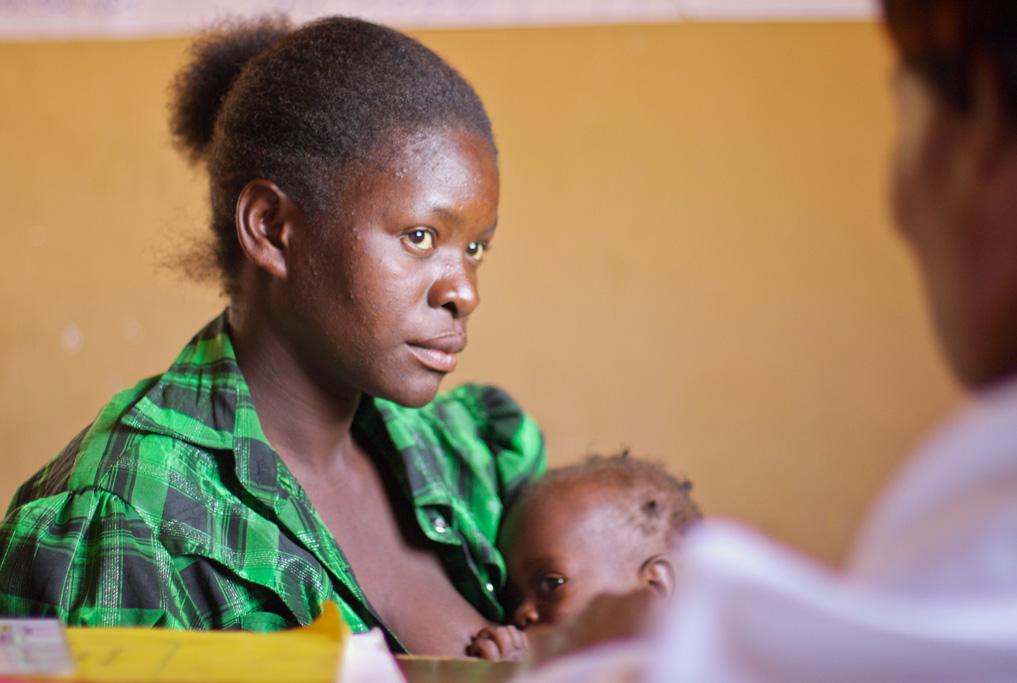How do journalists and policy analysts choose what to cover in global health?
Elina Makopo, left, and her 12-month-old daughter, Jane, visit with community health worker Elizabeth Kafumo at the Kamupundu Primary Health Care Unit in Lufwanyama, Zambia.
WASHINGTON — How can a start-up global health NGO get its work featured in the press?
(Answer: Don’t use “academese,” but do send your peer-reviewed paper.)
How can medical students seeking to do video reporting get their foot in the door?
(Answer: Pick a narrow topic, make sure editorial and technical standards are up to par.)
And why doesn’t veteran reporter Don McNeil tweet? (Answer: He’s concerned his candor would be too much.)
These were among the questions raised by audience members at a panel discussion called “How the Media Chooses Global Health Stories” held on Monday at the Consortium of Universities for Global Health (CUGH) meeting.
It’s not often I get the chance to step outside of my day-to-day role as journalist and editor to reflect on how I cover global health—or to connect with those who are making similar editorial decisions every day. But participating in the panel, I was able to do just that.
Joining me for the discussion were New York Times global health correspondent McNeil, NPR senior health editor Joe Neel, and Kaiser Family Foundation director of global health and HIV policy Jen Kates. The conference was organized by CUGH, a coalition of universities seeking to share expertise and best practices in order to better address global health problems.
Each panelist was asked to talk about a few global health stories we have covered, including how we chose and reported them.
McNeil highlighted a recent article he wrote about how schistosomiasis in women might facilitate HIV transmission, a piece he came to after a chance conversation with neglected tropical disease expert Peter Hotez. Neel spoke about the “visual” nature of audio storytelling and shared a clip from Jason Beaubien’s reporting on multi-drug resistant tuberculosis in Moldova. Kates talked about the importance of providing trustworthy data and analysis in a “mess of agendas, policy asks, and opinions.” And I spoke about the importance of narrative and accessible multimedia presentation in our recent series on child mortality, “Step by Step,” as well as the diverse blog posts we feature here on Pulse.
Then, the questions from the audience poured in. Below, via Storify, are some additional takeaways captured on Twitter about our discussion.
It may have seemed that as panelists we represented two different ways the general public interacts with global health issues: media and public policy analysis. But there is more overlap to our work than not. As Kates told the audience of mostly students, medical residents, and doctors, “We’re all trying to tell stories.”
Tweet us at @globalpulseblog with your additional questions or comments – I know the team and I would love to continue this conversation online.
More from GlobalPost: How gender bias hides itself in the global health field
